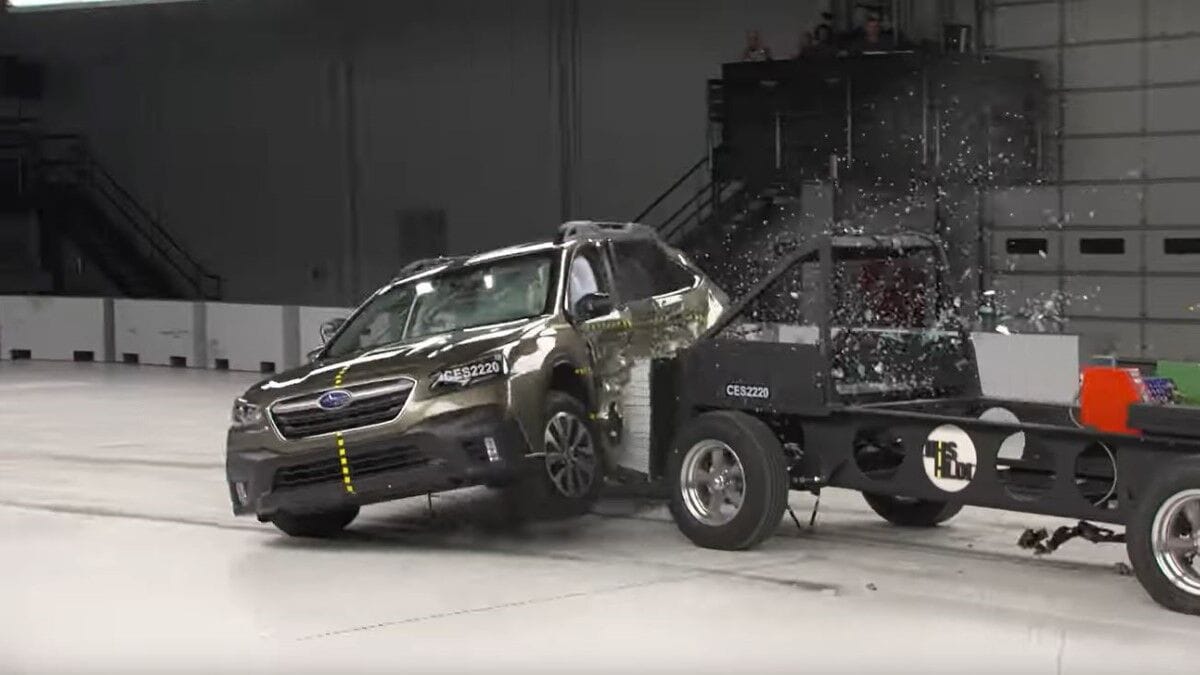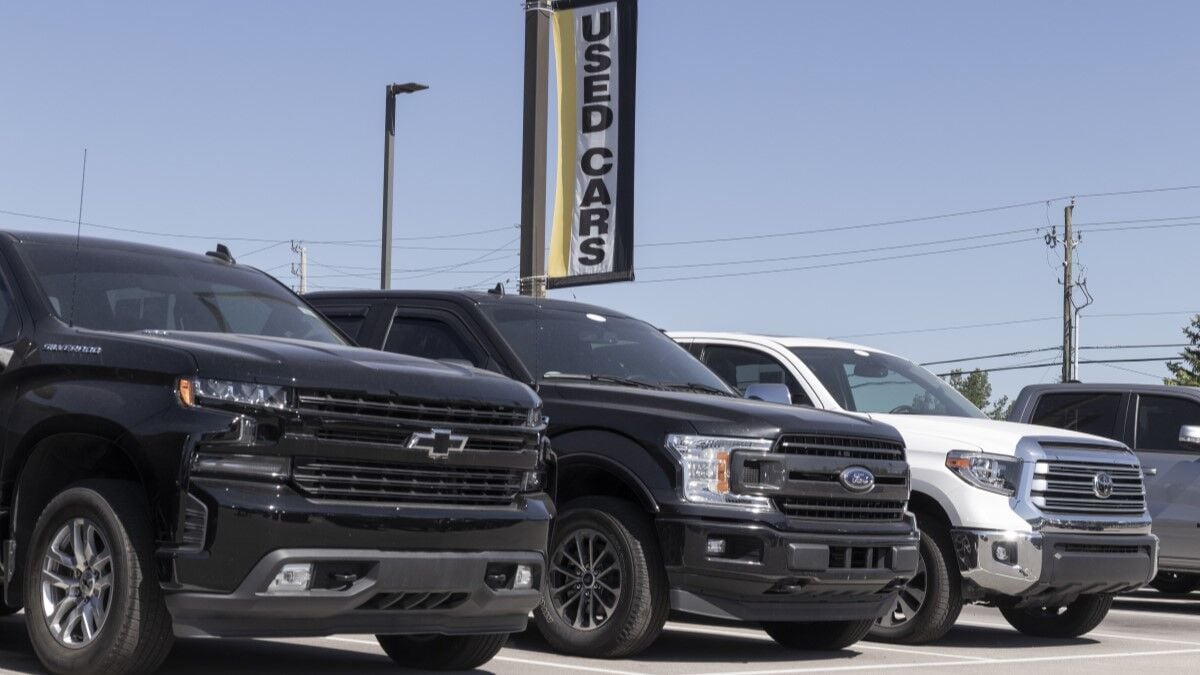Compared to buying a new car, opting for a used car is one of the more financially prudent decisions you can make, right?
Sometimes.
"Used car values are at an all-time high" says Alec Gutierrez, senior market analyst of automotive insights at KBB.com. "We’re seeing cases where a consumer can buy a new car for almost the same price as a year-old used model."
Although the gap between new and used has narrowed significantly, new vehicles do still average 11.5% more than a comparable one-year-old used car. But if you’re shopping for a subcompact or compact car, that difference is only 5-7%. And if you’re in the market for a used hybrid or mid-size crossover, you’ll only spend 3-4% more to buy new.
And that extra money buys more than new-car smell:
* Automakers often update features from year to year, so you might get a better stereo or a power driver’s seat or even better gas mileage just by buying the new model.
* New cars are typically eligible for better financing rates, rebates, and incentives than used cars. So even if the purchase prices seem further apart, the gap closes when you finance. The difference between paying off a loan at 0.9% or 4.9% can be considerable.
* New cars still have the full warranty.
But for a lot of people, the biggest benefit is the most obvious: it’s brand new. No miles on the odometer. No stains in the cupholder. That unmistakable smell of newness.
In researching the price differences, we compared the Kelley Blue Book New Car Fair Purchase Price (what people are typically paying for the 2012 model) with our Used Car Retail Value for a 2011 version of that same car. In some cases, the difference was surprising: less than $250, and that’s not even considering additional incentives or lower finance rates for new cars.
For specific examples, check out our list of 10 Used Cars You Should Buy New. And if you already have a specific car in mind – new or used – you can do all your research right here at KBB.com.







